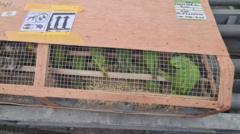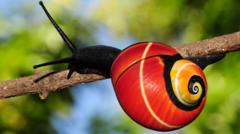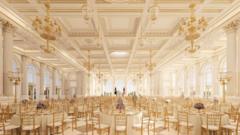For generations, plant-lovers have flocked to Kew Gardens’ Palm House, a magnificent greenhouse built in the Victorian Era, to indulge in its tropical ambiance. But after 177 years of operation, the building shows signs of age, with blistering paint and rust threatening its integrity. Reuben Briggs, who manages capital projects at Royal Botanic Gardens, Kew, acknowledges the structure's struggles against the moisture-rich environment it creates, stating, “It’s dripping with condensation, and that cast and wrought iron is starting to corrode.”
Thus, in 2027, Kew Gardens will temporarily close the Palm House, alongside the adjacent Waterlily House, to embark on a comprehensive restoration project. This initiative will span four years, seeking to remedy the significant decay posed to these historical treasures. Briggs emphasized the dual goal of the renovations: to conserve these structures while also upgrading them to align with Kew Gardens’ climate objectives.
“Improving it for plants and enhancing the visitor experience are paramount,” said Briggs, underlining the commitment to adapt to changing climate conditions while preserving the gardens' rich history. The renovations will ensure that Kew Gardens continues to be a sanctuary for both plants and people for many more generations to come.



















